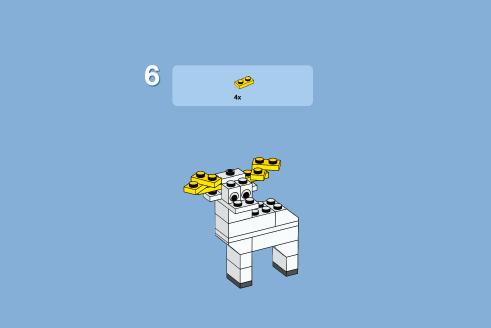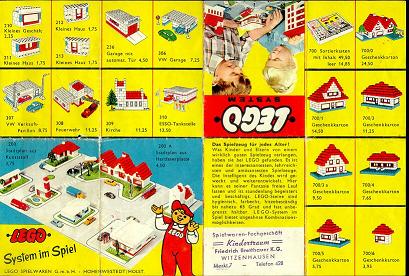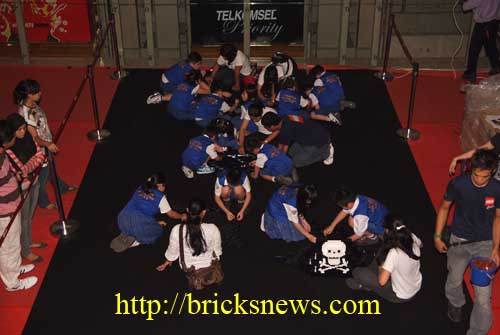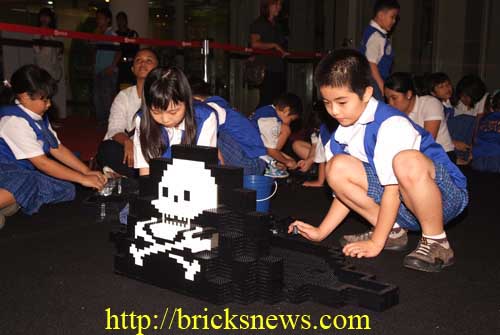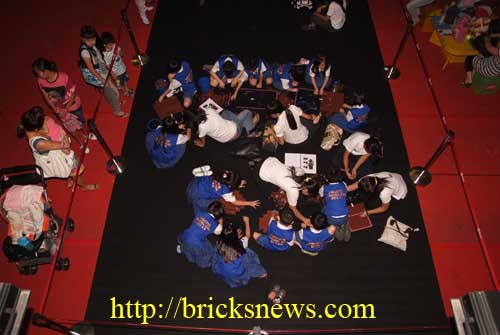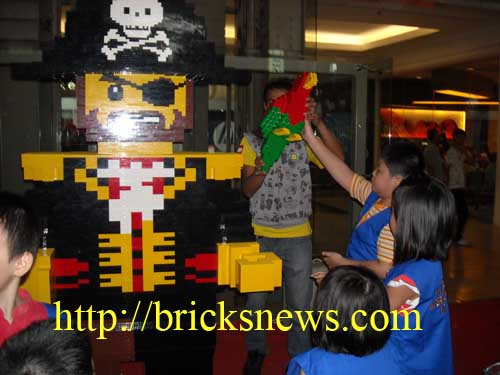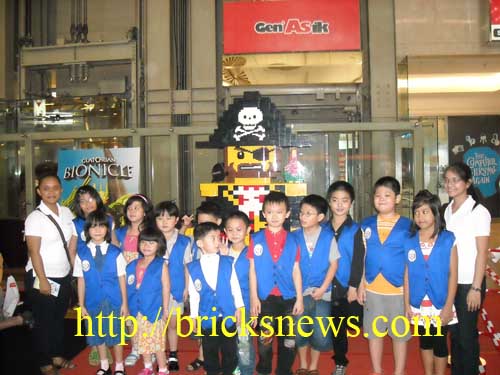LEGO Bionicles Discontinued !
After hearing it for some time, LEGO has made this official by announcing that 2010 will be the last year for new Bionicle sets; starting summer 2010 a new line of similar buildable figures will be released. This will mark the end of nine years since the arrival of the first Toa in 2001.
Below is the official announcement from LEGO:
Dear BIONICLE Fans,
In reviewing the business across all of its play patterns and properties, the LEGO Group faced a tough question: should we take on a new creative challenge in the world of buildable figures that we pioneered in 2001?
BIONICLE re-invented the way consumers think of and play with the LEGO system. Through many chapters of compelling story and innovative product development, BIONICLE became a very strong property and an important part of The LEGO Group’s business. We think there is a significant opportunity to grow the buildable figure category, but it will take a more flexible platform that appeals to a wider range of ages through a variety of different entry points than BIONICLE has proven to deliver.
The easy decision would be to stick with a known entity in BIONICLE; but as history has proven, The LEGO Group achieves its greatest success by embracing the uncertainty that innovation brings. After all, BIONICLE almost never launched because it was such a big risk to the company’s way of doing business.
Because you have been such an important part of building the BIONICLE franchise and have been among its most valued fans, we are writing to tell you that the six BIONICLE Stars launching in January will be the last BIONICLE sets for the foreseeable future. Beginning in summer 2010, The LEGO Group will debut a new, more flexible buildable figure property created by the same people who brought you BIONICLE. At the same time, we are also expanding the category to appeal to a younger audience through an established third-party property, starting in January.
Since its beginning, BIONICLE has reflected the union of great product and a compelling story. Although there presently are no plans for more sets, the BIONICLE story is not ending. BIONICLEstory.com will remain an active site, with new story content updated by long-time BIONICLE writer Greg Farshtey. In addition, LEGO Group hopes to work with you, the fans, to continue to grow and expand the BIONICLE story universe.
This was an extremely difficult decision for all involved. But as seen in the tales of the Toa, striving for success in any mission requires imagination, new ways of thinking, and the willingness to take risks. We hope you will share the same level of enthusiasm we have for our plans for the buildable figure category.
We invite you to remain a part of the BIONICLE universe—a universe you have helped to build, and that we are confident that you will continue to build—in the future. Thank you for your continued support and dedication to the BIONICLE and LEGO brands.
With our very best regards,
Jan Faltum, Global BIONICLE Director
Lincoln Armstrong, Senior Brand Manager, BIONICLE Team Member since 2002

